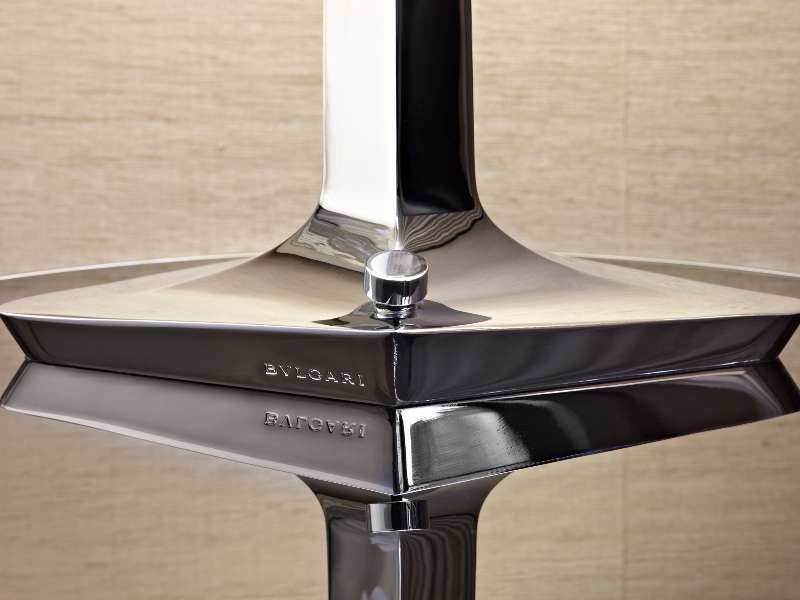Helicopter tours
River Thames Cruise
Family experience
London Street Art Experience
Foodie Tour of London
London Rock ‘n’ Roll Tour
Dog Concierge
특가
이미지 갤러리
이벤트 정보
우리 선물
불가리 소개

.jpg/jcr%3Acontent)
































